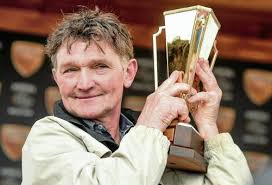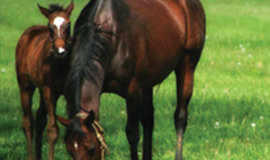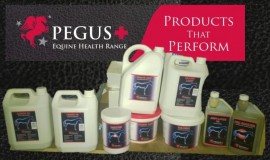Riboflavin (Vitamin B2) B-vitamins are a group of 8 water soluble vitamins that play important roles in cell metabolism. They can not be produced by the body itself, but can be produced by bacteria, fungi and plants. In the horse, microorganisms in the gut (mainly the hind gut) is capable of synthesizing B-vitamins and nutrient requirements have only been established for thiamin (B1) and riboflavin (B2). In this article we will look at the function, dietary sources and requirements for riboflavin (vitamin B2). Function Riboflavin is a precursor to the…
"Health mares produce health foals and Ive really seen the benefit of feeding Pegus Triple E to our operation of Mares, Foals and sale horses , they all Look fantastic"
.













